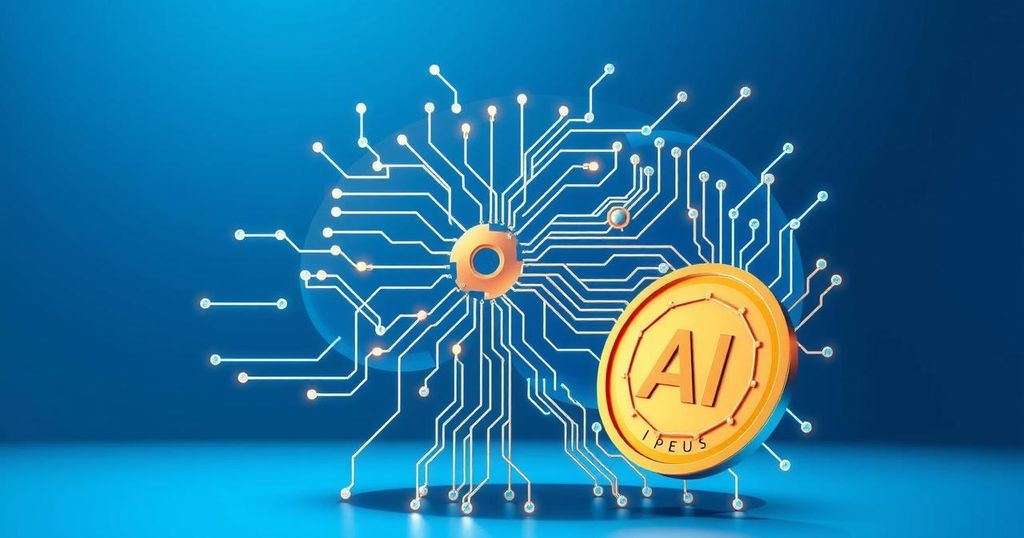The Transformation of Red Team Activities in Cybersecurity Through AI
Artificial intelligence is transforming red team activities in cybersecurity, enhancing their ability to simulate advanced persistent threats. Leveraging AI techniques like CNNs and GANs, attackers can penetrate systems quicker and more efficiently, necessitating a corresponding response from those tasked with cybersecurity. The evolution of password cracking tools exemplifies the rising sophistication of these methods.
Artificial intelligence is revolutionizing the cybersecurity world, pushing red team operations into new realms with advanced, AI-driven methodologies. These enhanced red teams can swiftly penetrate targets and extract sensitive data more rapidly than ever before. The rise of machine learning and large language models is shattering old boundaries, equipping security experts to better challenge organizational defenses against continuously shifting threats.
AI techniques in red teaming now include methods like classification, regression, and clustering. Classification tools, such as convolutional neural networks (CNN), recurrent neural networks (RNN), and long short-term memory (LSTM) networks empower attackers to discern between normal and harmful activity by analyzing data patterns. Additionally, generative adversarial networks (GANs) are proving critical in crafting realistic fake data for complex phishing schemes. Experts noted that as many as 56% of AI-driven cyberattacks target the access and penetration stages of systems, with CNN leading the charge.
In this evolving landscape, AI plays a crucial role in various attack phases including exploitation, command and control, reconnaissance, and delivery. One alarming trend is the use of AI for password cracking, with tools like PassGAN applying generative networks to generate effective password guesses without traditional methods. The coding structure of these tools is a testament to the sophistication of their approach, creating complex frameworks for guessing passwords efficiently.
This shift in red team strategies underscores the urgent need for organizations to bolster their defenses. They must now adopt equally advanced, AI-driven methods to detect and respond to these sophisticated threats effectively. As artificial intelligence progresses, the future of both offensive and defensive security will hinge on continuous adaptation and innovation, ensuring that cybersecurity measures keep pace with evolving attacks.
The infusion of artificial intelligence into red team activities marks a new era in cybersecurity, making simulations of both attacks and defensive responses more dynamic and intelligent. As attackers leverage advanced AI techniques, organizations must respond by strengthening their defenses with similar sophistication. Looking ahead, the interplay between offensive and defensive strategies will be crucial, as both realms must evolve in tandem to combat emerging cyber threats effectively.
Original Source: cybersecuritynews.com




Post Comment